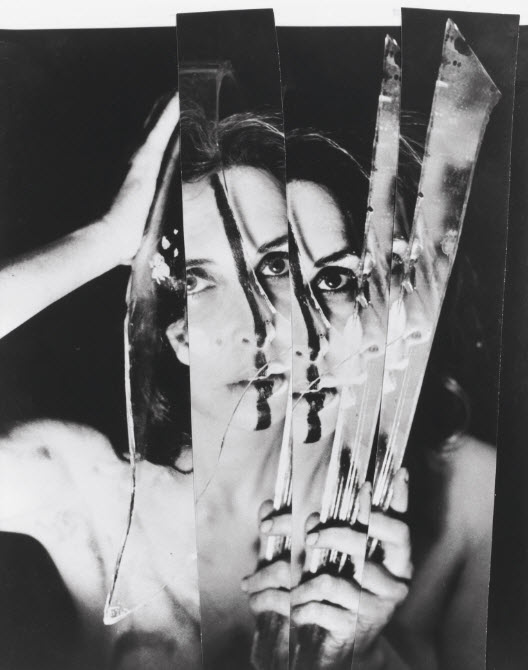Carolee Schneemann, the painter, performance artist and filmmaker who died last week at age 79, was the sort of person who “had a lot of best friends,” recalls her longtime art dealer Wendy Olsoff. The artist, who died of breast cancer, a disease she had lived with for more than 20 years, is remembered as a determined artistic visionary, a generous friend, and a doting, dedicated cat owner.
We asked a selection of her friends, colleagues, and admirers to pen tributes to the artist. Here is what they said.
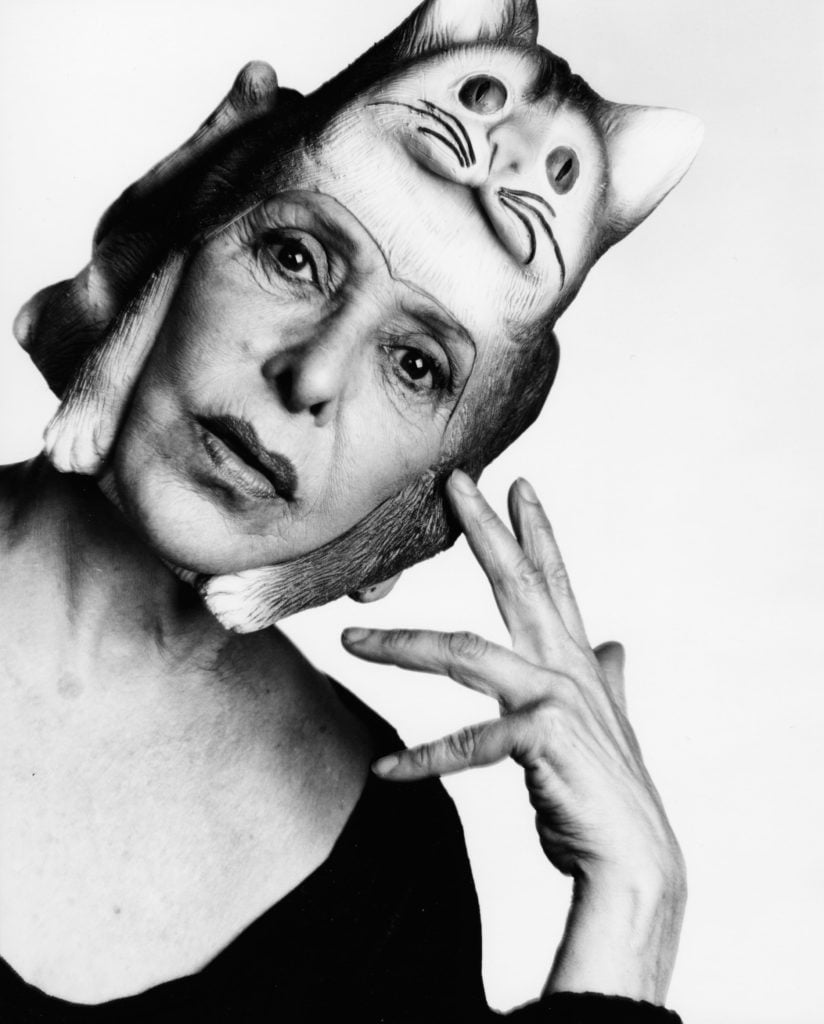
Artist Carolee Schneemann, 2004. Photo by Jack Mitchell/Getty Images.
Joan Semmel, artist
Carolee was like a force of nature equipped with an analytical brain. One was always swept away by her sheer beauty and her ability to see underneath the pretenses that society imposes.
I invited her to participate in an exhibition in 1976 (I think it was) that Joyce Kozloff and I curated at Ashawagh Hall in East Hampton. It was a show of women artists, a then-radical undertaking in the home of Ab Ex, and I wanted a few people who were performance or film artists. Carolee came to East Hampton with her cat (who was 17 years old and needed to have fresh chicken livers for her health), a photographer, and, in this very essentially conservative environment, stood nude on a folding table, painted her body and did the first performance of her iconic piece of pulling the scroll from her vagina and reading the comments made to her as an artist by various male artists, while the photographer documented the proceedings. The piece of course became iconic in the movement and beyond. The day before the performance, Carolee asked me if I had any glue that would withstand vaginal flux. I couldn’t imagine what on earth she was thinking but of course she needed to make the long scroll of insults that she would pull from her vagina.
Many years later when we were on a panel together her presentation was so brilliant that I remember saying, “Wow, who could follow that?” in total admiration, as I had to, indeed, follow that.
Through all she was always a gracious and loyal friend and will be sorely missed.
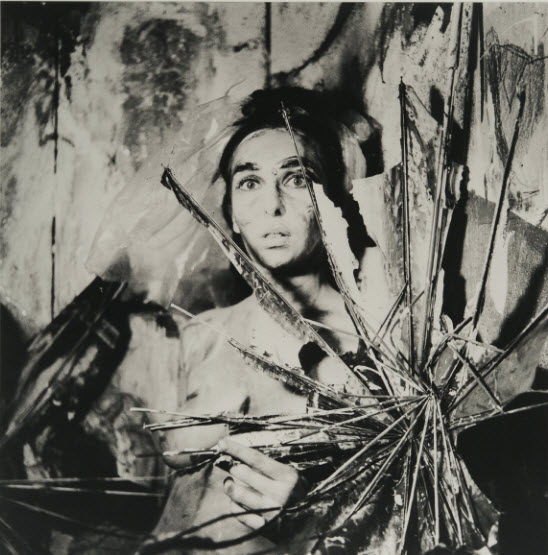
Carolee Schneemann, Eye Body: 36 Transformative Actions for the Camera (1963–1973). Courtesy of ICA Miami.
Janine Antoni, artist
Without Carolee’s work I would not have been able to make my own. Her radicality is still a beacon that calls me.
I never told her this, but my friend and I used to paint with her cat’s tails when we took care of them in New Paltz. Of course, they were very obliging.
Ragnar Kjartansson, artist
Carolee Schneeman was an explosion in my mind in art school. I had never seen such badass art. From her earliest pieces to the late late later ones they were all violent sensual and moving.
No artist has managed to shock me except Carolee. She dealt with the taboos that are programmed inside us. The nude that just bursts out of art history and gives the patriarchy a kick in the shin. But all done under the banner of the sensual. She was an art goddess and a love goddess.
I had the good fortune to be her amigo. What a mentor. A beacon for the power of art and persistence of character. She was not your usual art world type. She was more ancient and nonchalant about the world around us. The first time I came to visit her with mutual friends upstate New York we drank vodka in cranberry juice on the porch. In the old old house the cats were purring and the rooms were singing of old carnal pleasures.
That house of hers is so visually sensual in the brain from memories of Fuses. Fuses. What a powerful piece that is. A cinematic painting of sex. So bold in its beauty.
She changed art history. There are so many of us in great debt to her, the great painter expanding and exploding the form. She was always breaking out of the mold, always searching for movement. Movement of the object itself or movement of cultural history. As a kid she drew that movement with pencil drawings of skating girls. This idea that they were moving in the drawing, out of the paper. That thought persisted throughout her life.
Carolee was thoughtful, funny and beautiful. She never missed an opportunity to celebrate life and love and art. I will miss her view on life. With great humor an elegant brilliance she looked at life from a slightly different angle that delicately revealed something new, beautiful or funny. I cherish our dates at the Russian Tea Room, the times in her archaic home and the wedding celebration she honored me and Ingibjörg by attending in an Icelandic summer night. I once made the mistake of calling her work Dionysian, she smiled and with her husky humorous voice said “no, Aphrodesian”.
Art is no more a guys thing. Thank you Carolee, you got things moving, now may you rest in hard earned peace.

Carolee Schneemann, Sir Henry Francis Taylor (1961). Courtesy Carolee Schneemann, P.P.O.W Gallery, New York, Hales Gallery, London, Galerie Lelong, Paris and VG Bild-Kunst, Bonn 2017.
Stuart Comer, chief curator of media and performance at the Museum of Modern Art
Carolee’s work marked a paradigm shift, but that shift was not located in one place and time, it has continued with a loud echo in each subsequent generation of artists. The rich intellectual density of her project will remain remarkable for its polymorphous nature—one can no longer think only of painting or action or drawing or sound or body or image or social space without thinking of the connective tissue that links them all. By claiming the female body as a site of urgency, agency, and pleasure without shame, she also laid down the gauntlet for rethinking the conditions that prevent our communities from forming through equity, erotics, and love, instead of power and domination. She leaves us with an inspiring legacy, and a lot of work to do.
Martha Wilson, artist
On the subject of how beauty affects all of us, Carolee once told me she could not have done her work if not for her beautiful woman’s body.
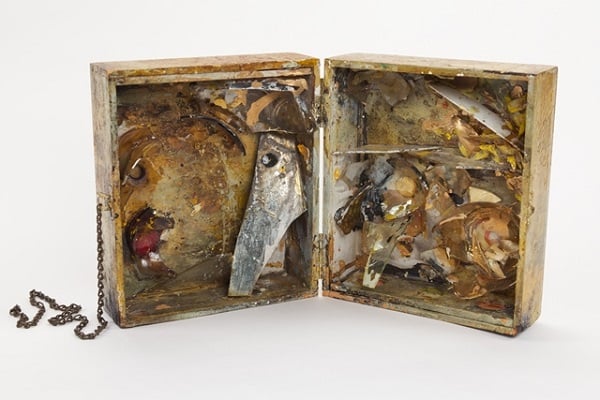
Carolee Schneemann, For Yvonne Rainer’s Ordinary Dance (1962), Wooden Box, glass shard, mirrors, oil paint, burnt. Image: Courtesy of C. Schneemann and P.P.O.W Gallery, New York
Yvonne Rainer, choreographer, filmmaker, and co-founder of Judson Dance Theater
Although Carolee and I moved closer in mutual respect in the last few decades, I have to confess that I didn’t take her work very seriously around the time she presented “Meat Joy” at Judson Church in the ’60s—it was much too messy and anarchic for my formalist sensibilities—but more recently when I saw her exhibition at PS1, I was astounded to be confronted by her abstract expressionist paintings from the late ’50s and early ’60s. They were as innovative and exuberant as those of any of her male contemporaries. It was at that moment that I was confirmed in my suspicions as to the degree to which she had been shunted aside and demeaned by the art world of that time.
Yes, bless her: After she realized that they were paying more attention to her body than to her creative efforts, she started using her body to challenge them and everybody else. In my own belated appreciation I could admire her daring and resourcefulness.
Her spirit and her presence will be sorely missed.
Teresita Fernández, artist
Carolee always knew she was doing important work. She knew that she was breaking ground way before her time, and I think she was fully aware that she might never get the credit she deserved in her lifetime. While I’m sure it wasn’t always easy, I think this knowledge also allowed her complete freedom to work without the validation of the art world for a very long time. She was bold, self-sustaining, and self-propelled, and there was always something incredibly knowing, calm, and graceful about the way she carried this awareness and power. Great artists always rise, no matter how long they are suppressed by external forces.
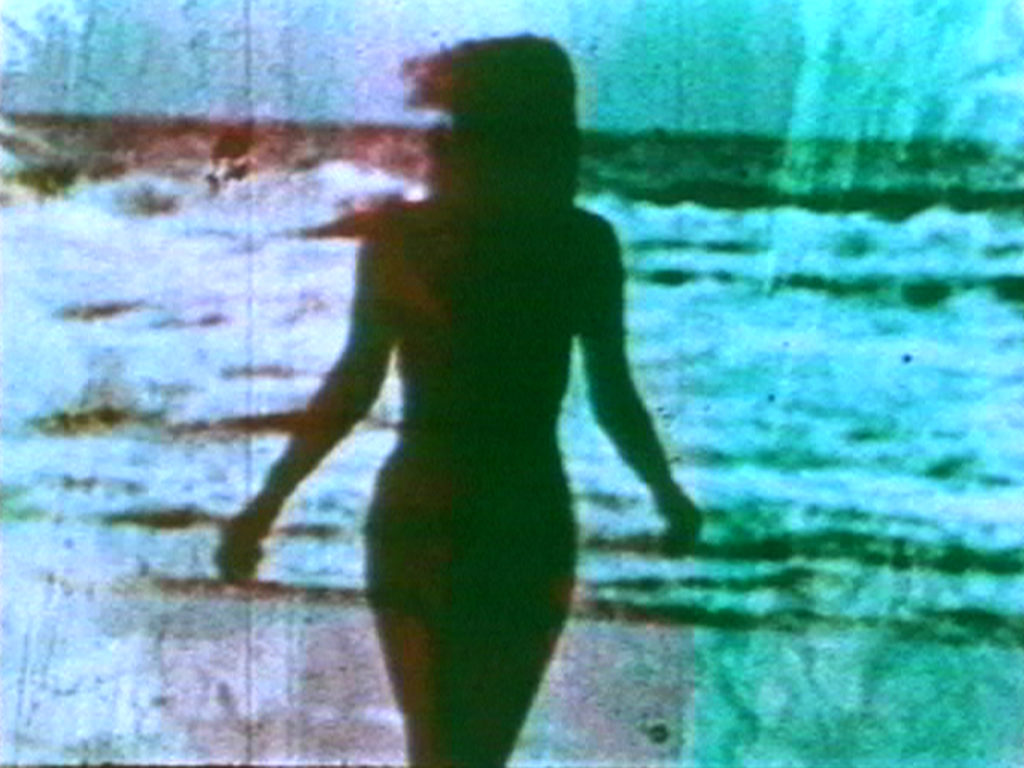
Carolee Schneemann. Fuses, 1964–66, which appeared in EXPO VIDEO 2015. Courtesy Electronic Arts Intermix (EAI), New York. Courtesy of P.P.O.W and Hales.
Wendy Olsoff, gallerist and co-founder of P.P.O.W.
When we started working with her in 2002, there was not a lot of interest in her work, but other artists were interested in her work, which is always the sign of a good artist. The recognition she deserved really came more toward the end of her life…. She was very happy about it, but I think after decades of neglect, there was a feeling she had that made it hart for her to really appreciate it. I think that she didn’t trust it, in a certain way. She had 40 years of not being treated fairly and five years of being lauded. But she’s left a massive amount of work to be delved into by scholars for decades.
Carolee loved eating oysters, and she loved going out and being treated to lavish meals. After every meal, she would take any leftover food and wrap it up and take it with her for her cats. I think we associate her with eating and parties and dancing and laughter. When she would come into a room, even when she was sick and in pain, she provided great light for you.
She was meaningful to a lot of people. She was good for advice. She was one of those people who had a lot of best friends.
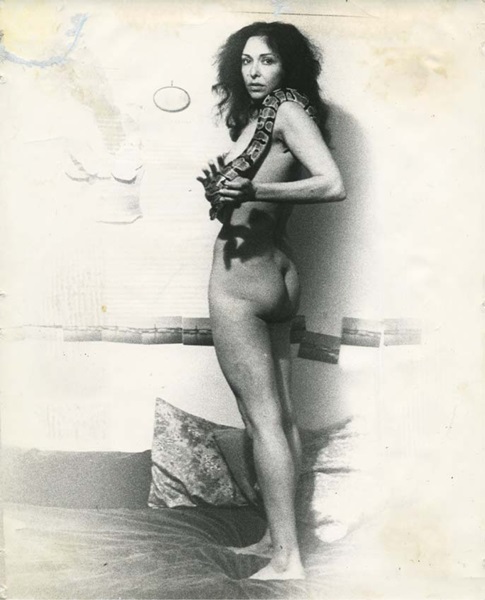
Carolee Schneeman, Boa Constrictor (1970).
Photo: Courtesy Hales Gallery, London.
Marilyn Minter, artist
She was a real pioneer of WOMEN owning sexual energy. The first I ever saw or knew about. She opened the door for people like me.
Peter Eleey, chief curator, MoMA PS1
While we celebrate her many contributions to performance histories, Carolee loved using paint—for its fluid sensuality and ecstatic possibilities, but also its connection to a rigid male history that she did so much to open up. Metaphors for confinement and liberation, her paintings were expansive in every sense. In taking us up to and including her limits—but pointedly not “beyond”—she reminded us that we have much further still to go.
